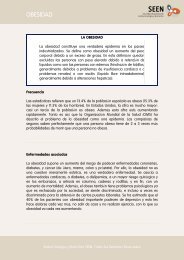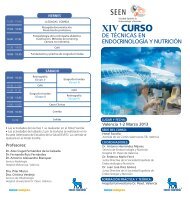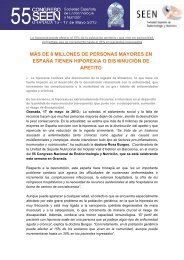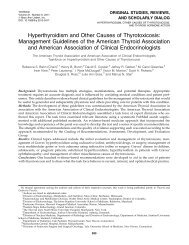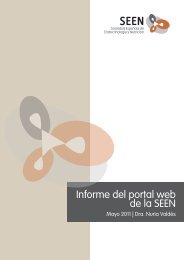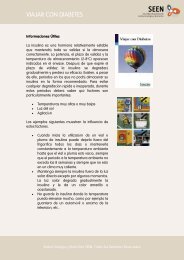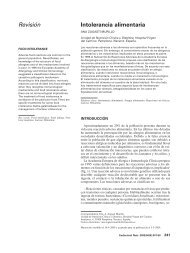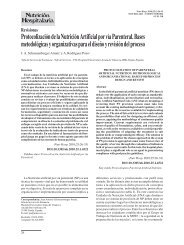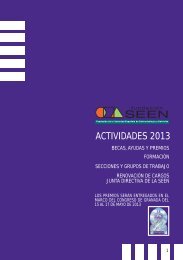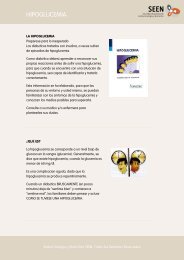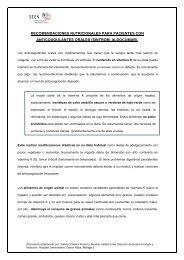Basic Concepts of Fluid and Electrolyte Therapy
Basic Concepts of Fluid and Electrolyte Therapy
Basic Concepts of Fluid and Electrolyte Therapy
You also want an ePaper? Increase the reach of your titles
YUMPU automatically turns print PDFs into web optimized ePapers that Google loves.
AKI is most commonly secondary to a combination <strong>of</strong> sepsis <strong>and</strong><br />
hypovolaemia, which results in hypoperfusion <strong>of</strong> the kidneys <strong>and</strong> prerenal<br />
AKI. Failure to correct the hypoperfusion may result in the<br />
development <strong>of</strong> acute tubular injury <strong>and</strong> intrinsic AKI, classically<br />
referred to as acute tubular necrosis (ATN). However it is important to<br />
exclude other possible causes so that a rarer aetiology, e.g. vasculitis,<br />
is not overlooked (Table 20).<br />
Table 20: Classification <strong>and</strong> causes <strong>of</strong> AKI<br />
Pre-renal AKI Intrinsic AKI Post-renal AKI<br />
intravascular volume<br />
depletion<br />
fever<br />
vomiting<br />
diarrhoea<br />
burns<br />
shock (vasodilatation<br />
<strong>and</strong> hypoperfusion)<br />
cardiogenic shock<br />
septic shock<br />
anaphylactic shock<br />
decreased renal<br />
perfusion pressure<br />
renal artery stenosis/thrombosis<br />
congestive cardiac<br />
failure<br />
liver failure/cirrhosis<br />
nephrotic syndrome<br />
drugs<br />
NSAIDs<br />
angiotensinconverting<br />
enzyme<br />
inhibitors<br />
angiotensin<br />
receptor blockers<br />
tubular injury<br />
ischaemia/<br />
reperfusion injury<br />
nephrotoxins<br />
aminoglycosides<br />
cisplatin<br />
intravenous<br />
iodinated<br />
contrast media<br />
myoglobin<br />
myeloma light<br />
chains<br />
glomerular<br />
glomerulonephritis<br />
interstitial<br />
interstitial nephritis<br />
drugs<br />
infections<br />
vascular<br />
atheroembolic<br />
disease<br />
cholesterol<br />
embolisation<br />
blocked urinary<br />
catheter<br />
retro peritoneal<br />
fibrosis<br />
kidney stones<br />
prostatic disease<br />
pelvic tumour<br />
renal vein<br />
thrombosis<br />
iatrogenic injury<br />
to both ureters<br />
82




